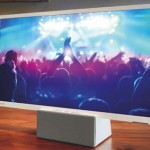
Towards the end of 2015 Leica released a brand new system camera to its lineup: the Leica SL. As the world’s first mirrorless full-frame camera it represented a shift in the company’s thinking – with advanced autofocus, touchscreen control, advanced electronic viewfinder and its new zoom lenses showing a modern focus from the German company.
And photographers are loving it. A year after its initial announcement, we caught up with three Leica SL users – Olaf Willoughby, Fred Mortagne and Kristen Meister – to garner the ins and outs about what makes this particular camera special in their photography practice.
Leica SL: The move to mirrorless
Olaf Willoughby, a conceptual photographer, is a long-time Leica user. “I’ve got three: the M Monochrom, the SL and the M (Typ 240). What initially drew me to the brand was the quest for perfect images. I think Leica lenses are the best available.”
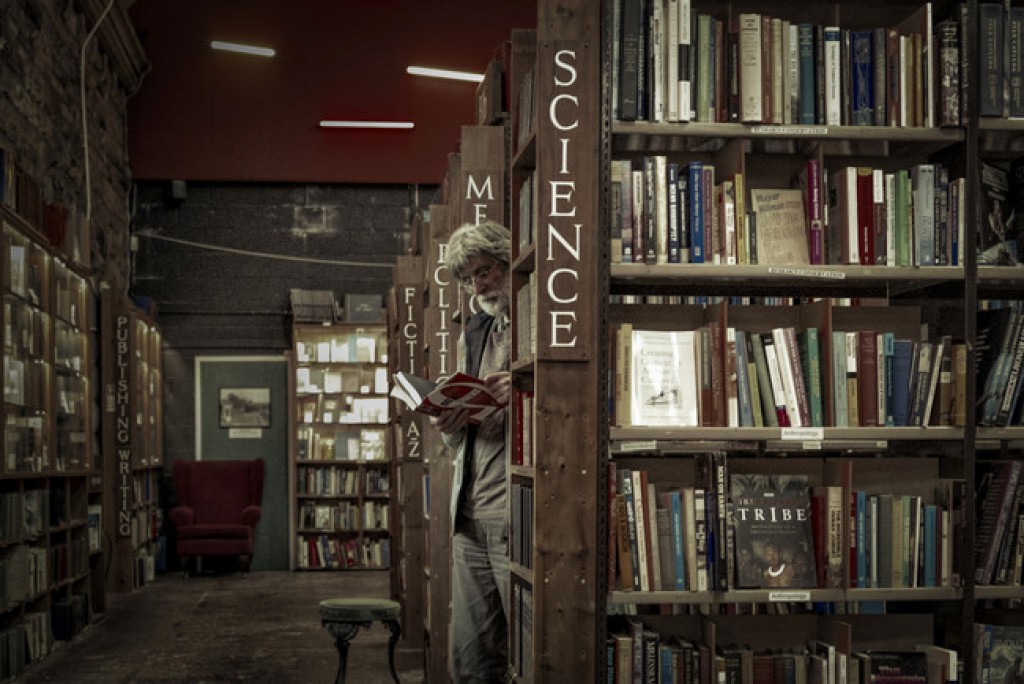
For Fred Mortagne, aka French Fred, a well-known skateboard photographer, it was a different story: “After using the same film-based gear for over 12 years I was reluctant to be convinced by digital. But now with the SL I manage to achieve similar results.
“I’m also widely working in videography – so it’s good to have a great quality camera that can cover all fields,” he says referring to the SL’s 4K video capture capabilities.

Kristen Meister, known for her American landscapes, didn’t start out as a Leica user. “I was a Nikon shooter – Leica was always a reach brand – but the SL replaced all the needs I had as an SLR shooter, while serving as an upgrade too.”
That’s the power of mirrorless. The SL has no mirror box like a traditional DSLR, so its autofocus is just as quick whether using the screen or electronic viewfinder to compose images.
Leica SL: A viewfinder like no other
When it comes to points of difference compared to the wider camera market, all three photographers are clear that the Leica SL’s 4.4-million pixel EyeRes viewfinder is one of its standout points.

“Leica has raised the bar here. The electronic viewfinder separates the SL from the Nikon D800 and D610,” says Meister.
Willoughby agrees: “The EVF is really a major leap forward in terms of resolution and brightness. I mean you pick up a Sony and, well, the picture itself isn’t very clear and the quality isn’t there. But you look through the SL’s finder and it’s pretty much like looking through a normal viewfinder. It’s very good.”
As mirrorless cameras use electronic viewfinders, rather than traditional optical ones, it has taken brands a long time to elevate the standard for size and resolution. Leica ensured it went in at the top-end with the SL.

Mortagne has similar thoughts: “The big size of the viewfinder really allows me to see deep into the scene and see all the details, rather than discovering some annoying ones when opening files on the workstation after.”
Leica SL: Lens flexibility
In particular the breadth of these photographers’ work shows how the SL can serve so many differing shooting styles – from street photography to fast-moving skateboarding, meticulously composed landscapes and beyond.
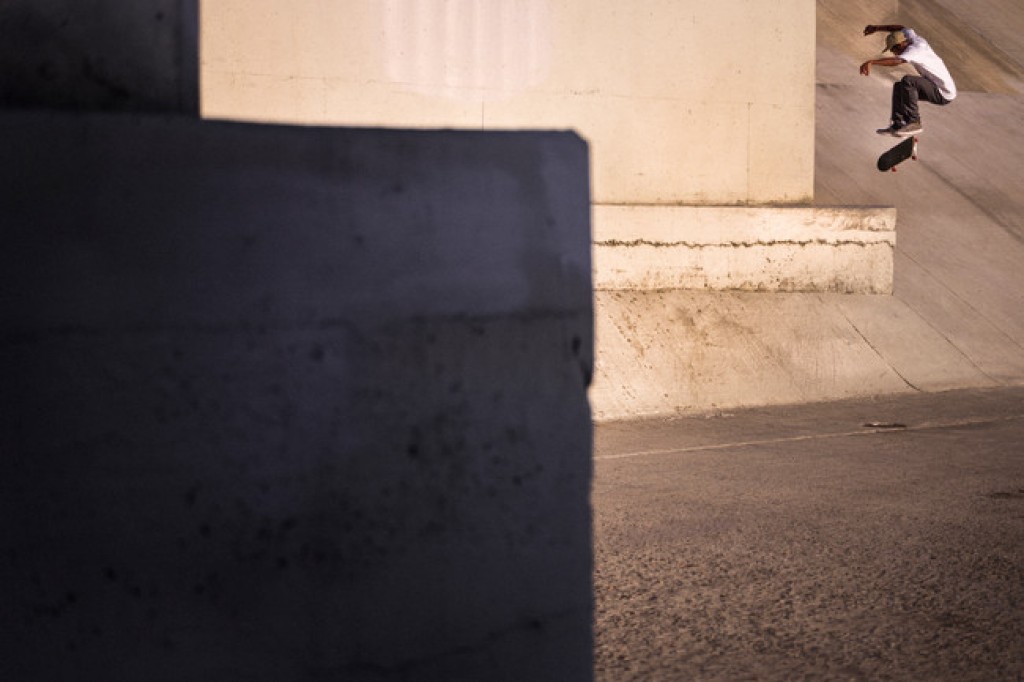
Mortagne doesn’t find the fast motion of his skateboarding subjects to be of any concern. “My work is more about composition than speed. And with the SL’s 24-90mm lens I’m certain to have all the necessary composition options. Sure the lens is big, but it’s got more benefits than drawbacks for me.”
Willoughby compares the SL to his Leica M Monochrom, highlighting their almost complementary differences. “The Monochrom is so small and so easy to use, with the manual rangefinder focus – but you need time to work with it. The SL is distinct from that. It’s immediate: bang. Even if it’s got the big zoom lens on it, it just snaps subjects into focus and it’s done. It’s almost silent too – so quiet that people wouldn’t realise a picture is being taken.”

Meister, reflecting Willoughby’s earlier sentiment, think the lenses are a key component of sticking with Leica, whether the distinct SL-mount – the 24-90mm f/2.8-4 was the only lens available at launch, with 90-280mm f/2.8-4 and 50mm f/1.4 options launched since – or manual use M-mount lenses via an adapter.
“The SL allows me to use specialty lenses like the M-series 50mm f/0.95 Noctilux to create a unique look. While I own other M-series lenses, I don’t tend to use them on the SL because of the weighting; the Noctilux is a big lens on the M bodies, but feels nice on the SL body.
“I am looking forward to more wide-angle lens choices for the SL-mount: the announcement of a 16-35mm lens due for late 2017 was cause for celebration, though I wish it was coming sooner.”
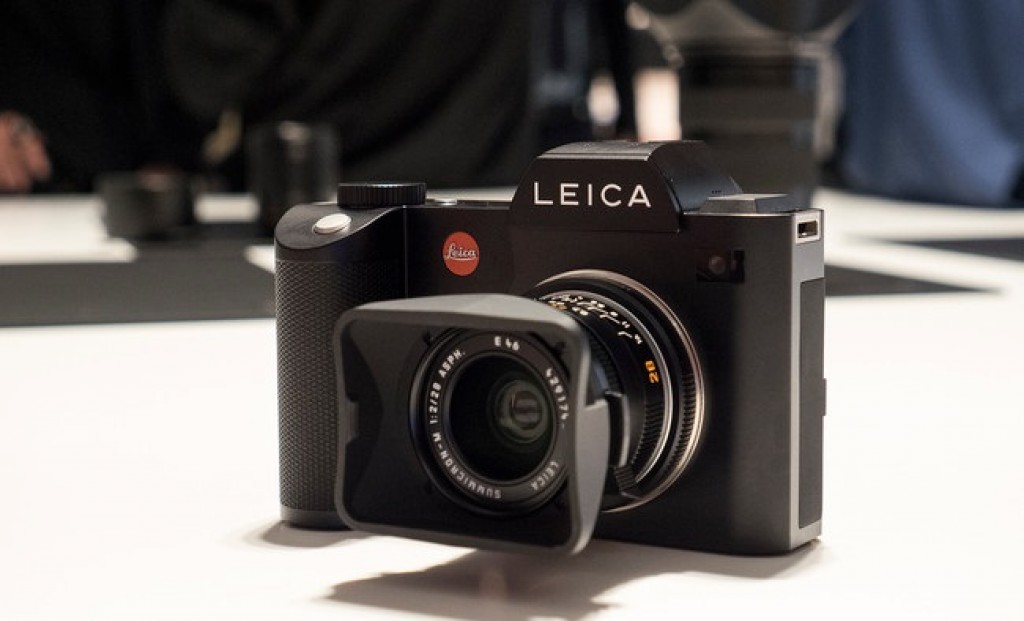
Meister doesn’t fret about the camera’s overall size. “I’m not trying to be stealthy with the SL. I am primarily a landscape and outdoor photographer, and the trees and mountains don’t tend to be frightened by a bigger camera! When I am traveling trying to capture a great moment I don’t care about the size of the equipment as much as I care about the performance.”
Willoughby comments that the SL-mount 24-90mm lens is “only big and heavy compared to other Leica cameras. It’s not big and heavy compared to other equivalent cameras.”
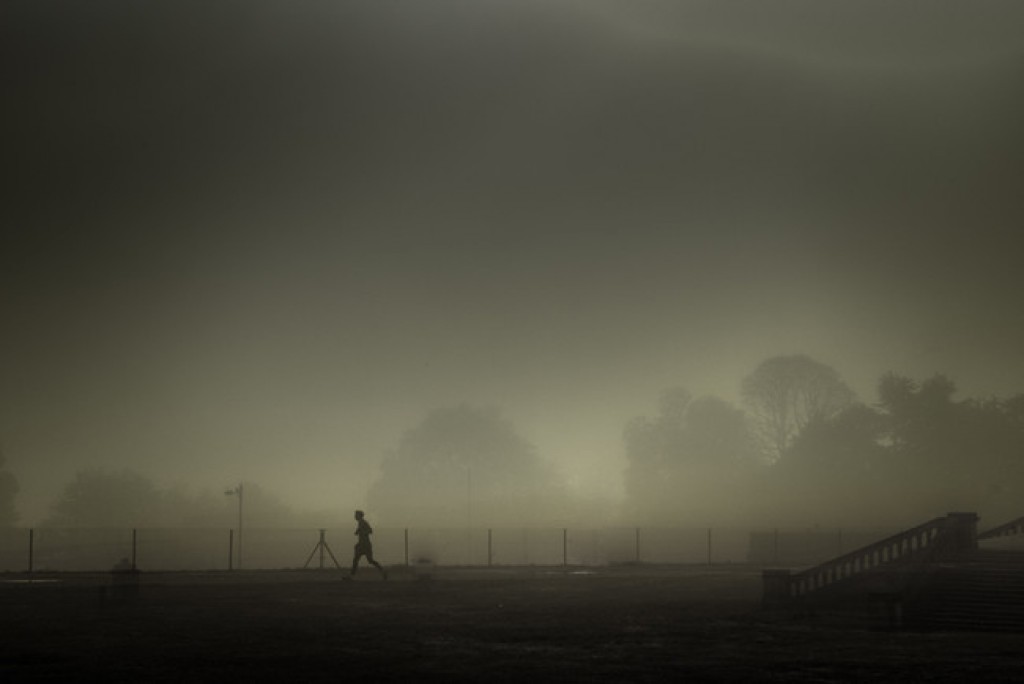
Mortagne, with his video focus to the fore, sees even wider potential beyond the M, S and R lenses: “I’d like to try it with Cine lenses, as I hear the quality is really killer. Although for street photography I definitely go out with my M-series lenses mounted on the SL.”
Leica SL: Resolution sweet spot
With such a wide variety of topics, and experience with other higher-resolution cameras, the question of resolution crops up. Does the 24-megapixel full-frame sensor in the Leica SL hit the “sweet spot”?

Meister feels it’s the right choice. “I ‘downgraded’ from 36-megapixels with the Nikon D800 when I moved to the Leica SL, and I haven’t been the least bit fazed by the decrease in resolution. The increase in image quality and dynamic range more than compensates for that difference – there is so much dynamic range and colour detail in the files. Plus the D800 resolution acted as a crutch – it allowed me to be a lazy photographer and crop. I’ve become a more deliberate and thoughtful photographer because of the SL.”
Mortange agrees: “It’s all I need. In fact it’s often too good – I tend to add grain to my images in post-production! With the skateboard series I shot in Los Angeles, I wanted to show that you can achieve a great black & white arty look with that filmic grain.”
Leica SL: Telling a story
What, then, is it about the Leica SL that stands it apart from the competition?
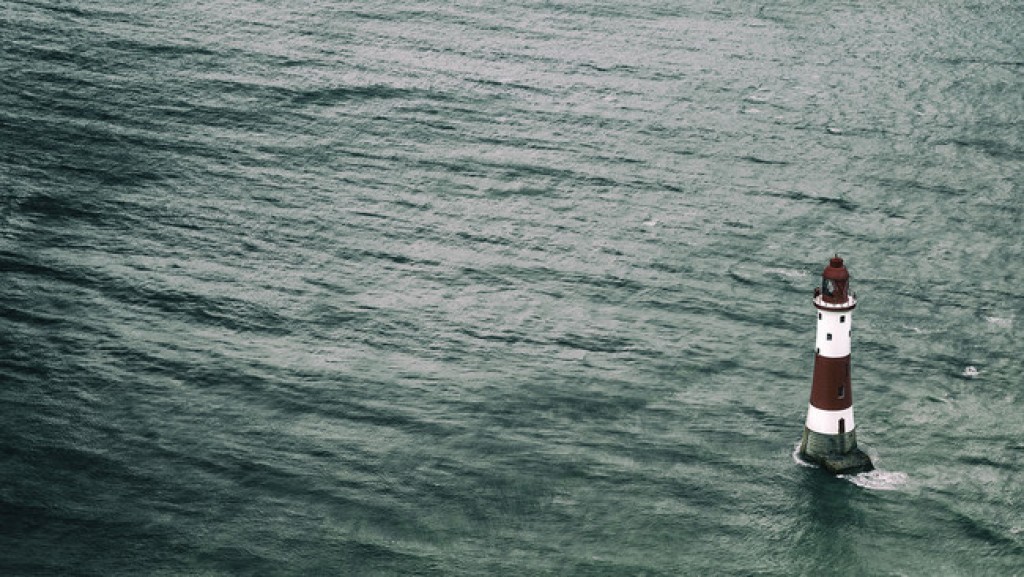
Willoughby enjoys the detachment. “The SL has got the zoom and autofocus that makes it so simple to shoot with. That means I can focus on how I’m going to shoot that’s different to anyone else. I think the craft comes from the heart.”
Meister is all about telling a story. “The Leica SL opened up a whole new world of storytelling for me. If the viewer looks at my work and feels something, then I’ve accomplished my goal. Making a pretty picture is a combination of luck and timing – making fine art photographs requires a great deal of thought about the story and feelings you want the viewer to experience.”
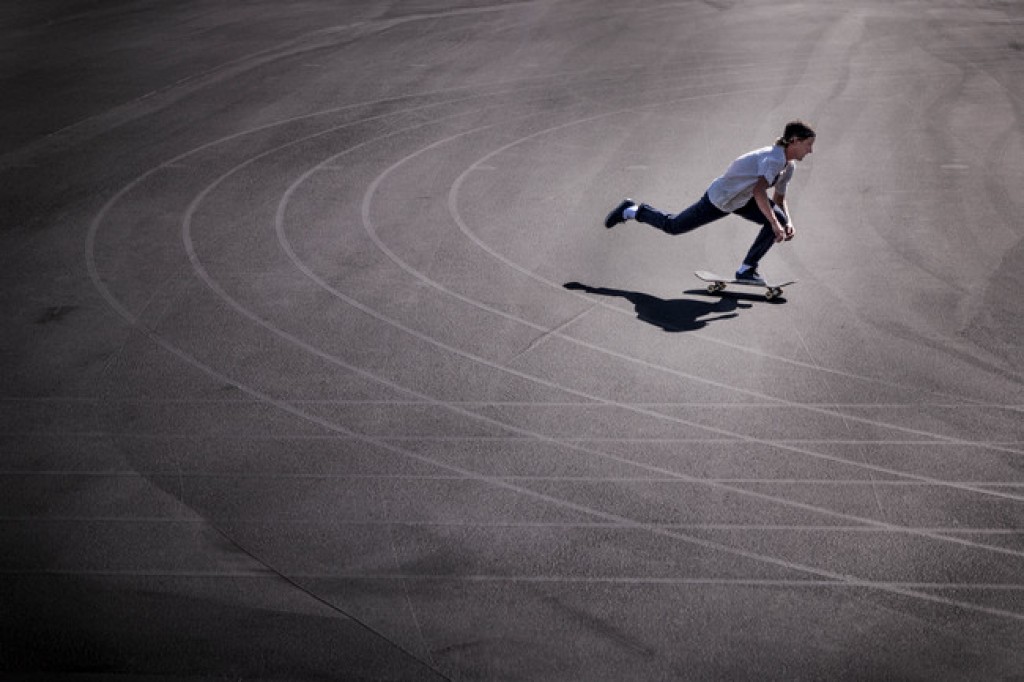
For French Fred it’s the control over video that no other Leica offers. “The auto-focus is really helpful, and because I can change the focus point with a touch on the screen, while filming, it’s really helpful. I shoot a lot with manual focus, too, but I am never fully certain if my focusing is right. With the SL’s digital zoom in focus assist, there are no bad surprises. And I’ve never shot such beautiful footage before, genuinely.”
Sourse: pocket-lint.com





































